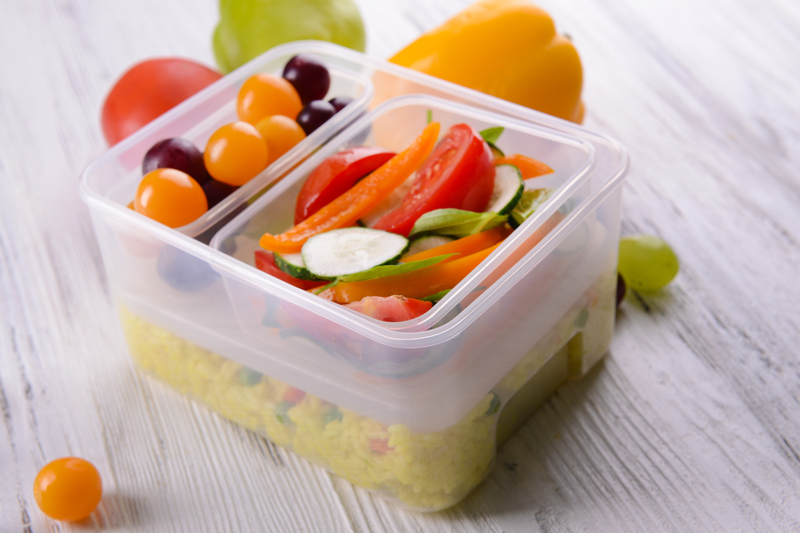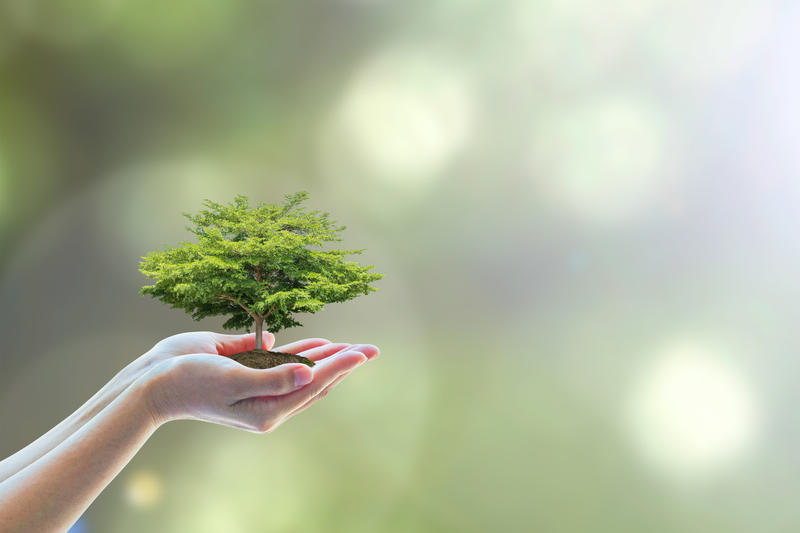
The Essential Guide to Understanding Glass Recycling
Glass recycling is a critical component of sustainable waste management, offering various environmental and economic benefits. This comprehensive guide will help you understand the intricacies of glass recycling, from how it works to its impact on the planet. Let's delve into the fascinating world of glass recycling and explore how you can contribute to this vital process.
What is Glass Recycling?
Glass recycling involves converting used or waste glass into new, usable products, effectively reducing the need for raw material extraction. Glass is 100% recyclable, meaning it can be recycled endlessly without losing quality or purity, which sets it apart from many other materials.
The Process of Glass Recycling
Understanding the process of glass recycling can empower consumers and businesses to become more conscious recyclers. The glass recycling process generally involves several key steps:
1. Collection
The journey begins with the collection of glass items from various sources such as households, businesses, and recycling centers. Glass is typically separated by color--clear, green, and brown--as different shades may result in variance in recycled materials' quality.
2. Sorting
Once collected, glass is transported to recycling facilities where it is sorted. Automated machines often assist in detecting and segregating glass by color utilizing infrared technology. Sorting ensures that the recycled glass meets the required standards for new glass products.
3. Cleaning
Post sorting, the glass is cleaned to remove impurities and contaminants such as labels or metal caps. Cleaning is crucial to maintain the integrity and quality of the recycled product.
4. Crushing and Melting
The clean glass is then crushed into small pieces called cullet. The cullet is melted in a furnace at high temperatures, readying it to be molded into new products.
5. Formation and Packaging
Finally, the melted glass is formed into new bottles, jars, or other glass products. The resulting items are then tested, packaged, and distributed for sale and use.
Benefits of Glass Recycling
Understanding the benefits of recycling glass can further motivate sustainable practices.
Environmental Advantages
- Energy Conservation: Recycling glass conserves energy as recycled glass requires less energy to melt compared to raw materials used in new glass production.
- Resource Preservation: It reduces the need for raw materials like sand, limestone, and soda ash, helping preserve natural resources.
- Reduction in Landfill Waste: By recycling glass, less waste is directed to landfills, diminishing land pollution and saving space for non-recyclable waste.
- Emission Control: Used glass recycled in new production decreases carbon dioxide and other harmful emissions generated through furnace operations.
Economic Impact
- Cost-Effective Manufacturing: Recycled glass contributes to energy savings, resulting in reduced manufacturing costs.
- Job Creation: The glass recycling industry supports various jobs, from collection and processing to manufacturing and sales.
Challenges in Glass Recycling
Despite its benefits, glass recycling faces several challenges:
- Contamination: Non-glass materials like metal or plastic can contaminate recycled glass, leading to quality issues.
- Collection and Transportation: Efficient glass collection and transportation networks are essential to facilitate recycling; however, logistical challenges can impede efficiency.
- Market Demand: The demand for recycled glass varies with market trends, impacting the profitability and expansion of recycling programs.
How to Contribute to Glass Recycling
Here are some actionable steps for individuals and businesses to support glass recycling:
1. Proper Sorting
Ensure that glass is appropriately sorted by color and free from contaminants like food residue or non-glass materials.
2. Utilize Recycling Centers
Locate local recycling centers that accept glass products, ensuring your waste is recycled effectively.
3. Support Recycled Products
Purchase products made from recycled glass to encourage businesses to continue adopting environmentally-friendly practices.
4. Educate Others
Spread awareness about the benefits and process of glass recycling within your community to increase participation and awareness.
The Future of Glass Recycling
As technology advances, the efficiency and effectiveness of glass recycling are expected to improve. Innovations like automated sorting machines and more eco-friendly processing methods depict a positive future for the glass recycling industry.
In conclusion, glass recycling plays a crucial role in promoting environmental sustainability and economic efficiency. By understanding and supporting the various processes of recycled glass, individuals and businesses can contribute significantly to reducing waste and conserving resources, ultimately paving the way for a cleaner, greener world.
